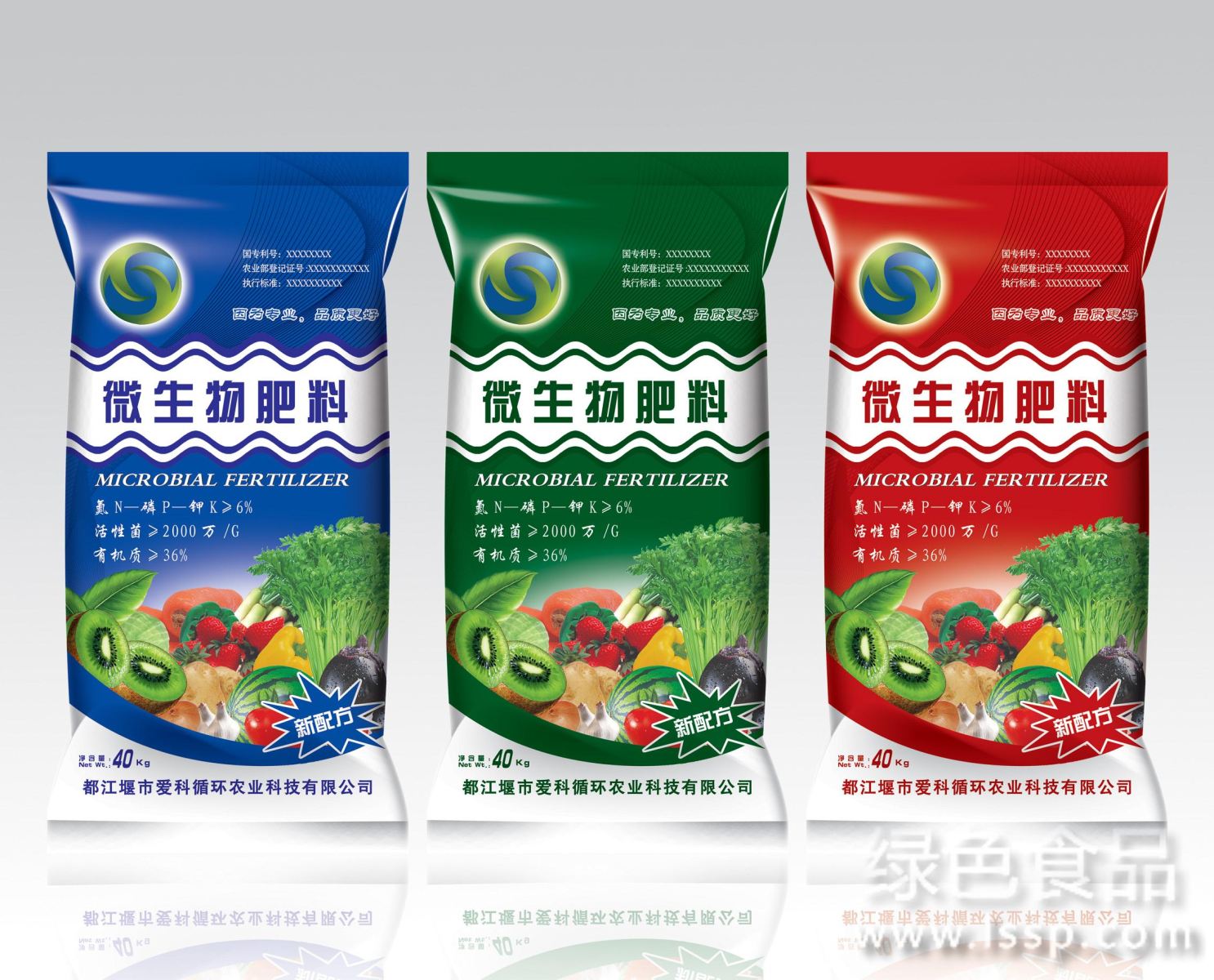Nine key points of safe overwintering in field management of winter wheat at seedling stage

Nine Key Points of Wheat Seedling and Overwintering Management
Winter wheat from emergence to winter, growth characteristics are long roots, long leaves, long tillers, complete vernalization stage, that is, three long one complete, growth center is tiller. The central task of field management is to promote roots and tillers on the basis of protecting seedlings, to make weak seedlings strong, strong and stable, to ensure that wheat seedlings overwinter safely, and to lay a good foundation for more ears and bigger ears in the coming year.
1. Check seedlings and replant seeds. Due to seed leakage, lack of moisture, underground pests and other reasons, resulting in lack of seedlings and broken ridges, timely check seedlings and replant, soak the replanted wheat seeds in cold water for 24 hours and then dry and sow, so as to ensure that the seedlings are complete and uniform.
2. Eliminate diseases and insect pests at seedling stage. Common diseases and insect pests in seedling stage include locusts, planthoppers, underground pests, leaf rust, etc. Once found, they should be controlled in time.
Third, overpower the needle. After wheat enters the three-leaf stage, the nutrients in the endosperm of the seed are exhausted, and the seedlings have to rely on their own photosynthesis to produce nutrients for growth and development. This is the key period for promoting roots and tillers. Overpowering needle is a powerful measure, that is, in the three-leaf stage suppression again, play a role in controlling the main stem, promoting tillering, controlling the ground and promoting the root system.
4. Scratching wheat and loosening soil. In case of rain in tillering stage, wheat should be loosened in time, which is conducive to breaking hardening and promoting root growth. For flourishing seedlings, deep deflection (more than 7 cm) can play a role in root control. Saline-alkali soil wheat, should be hoed after rain, to prevent salt return harm wheat seedlings.
5. Pour good winter water. Appropriate topdressing winter irrigation should be timely, generally starting at the average temperature of 7℃~8℃, ending at about 5℃, when the night freeze disappears, winter irrigation amount should not be too large, it is appropriate to irrigate the same day, avoid flood irrigation. For wheat fields with insufficient basic seedlings or early sowing without fertilizer or sufficient base fertilizer, combined with winter irrigation and fertilization, urea 5 kg ~10 kg per 667 square meters can promote wheat to return to green early, consolidate tiller before winter, increase tiller rate, and make winter fertilizer used in spring.
6. Irrigate urine in winter to prevent damage to wheat seedlings. Wintering to return to green before irrigation urine, with the accumulation of irrigation, generally every 667 square meters of irrigation urine about 500 kg, saline-alkali land or wheat field when there is snow should not be irrigated urine, irrigation urine yield effect is significant, about every 15 kg fresh urine can increase production by 1 kg.
7. Cover. The proverb says well: wheat eats soil in the twelfth lunar month. The results showed that the cover had the effect of cold protection and seedling protection. Technical points: after the wheat enters the winter period, too early, the wheat seedlings will be covered yellow; too late, the leaves will be frozen, the operation is also difficult, and the expected effect cannot be achieved. After winter irrigation, on the basis of scratching wheat and loosening soil, use bamboo harrow to cover soil on wheat seedlings along ridges in large rows, covering soil about 2 cm. This technical measure can stabilize the ground temperature, reduce soil moisture evaporation, ensure that wheat overwinters with green, reduce ground cracks and make up cracks.
8. Suppression. After covering, wheat should be rolled once or twice before returning to green, crushed and crushed, so that the soil is finely divided and compacted, which is conducive to eliminating hardening and cracking, keeping warm and preserving moisture, and closing the soil gap to prevent soil leakage. This is an important measure for winter management of wheat in water-deficient wheat fields and another important means for drought resistance and cold resistance to protect seedlings.
9. Grazing and gnawing on wheat fields are strictly prohibited. The green leaves retained during the winter can be used for photosynthesis after returning to green, which is the main source of nutrients needed when they resume growth. Winter grazing will cause extensive damage to this green area, weakening cold resistance and reducing yield.
- Prev

The correct use method of planting microbial fertilizer scientifically
The correct use method of planting microbial fertilizer scientifically
- Next

Effective management techniques for promoting the growth of orchards in Sichuan in autumn
Effective management techniques for promoting the growth of orchards in Sichuan in autumn
Related
- Fuxing push coffee new agricultural production and marketing class: lack of small-scale processing plants
- Jujube rice field leisure farm deep ploughing Yilan for five years to create a space for organic food and play
- Nongyu Farm-A trial of organic papaya for brave women with advanced technology
- Four points for attention in the prevention and control of diseases and insect pests of edible fungi
- How to add nutrient solution to Edible Fungi
- Is there any good way to control edible fungus mites?
- Open Inoculation Technology of Edible Fungi
- Is there any clever way to use fertilizer for edible fungus in winter?
- What agents are used to kill the pathogens of edible fungi in the mushroom shed?
- Rapid drying of Edible Fungi

